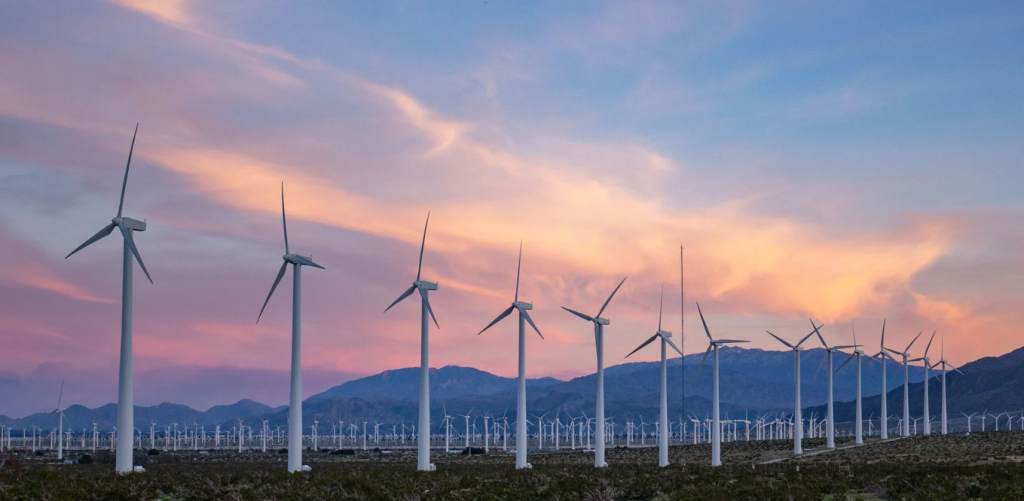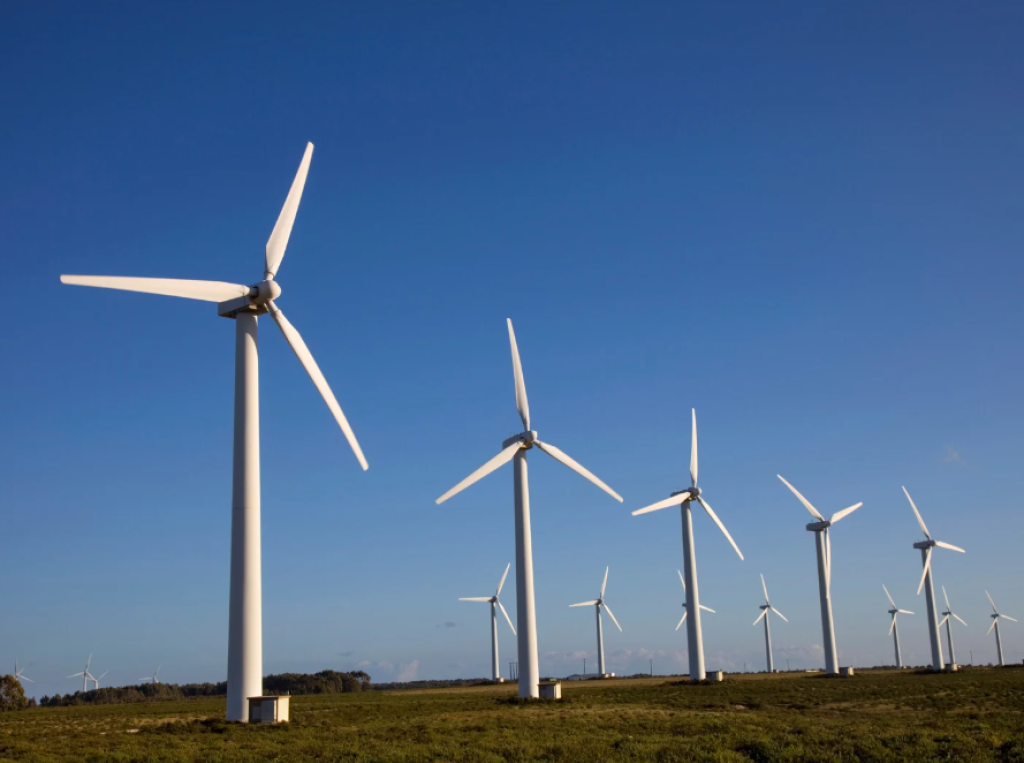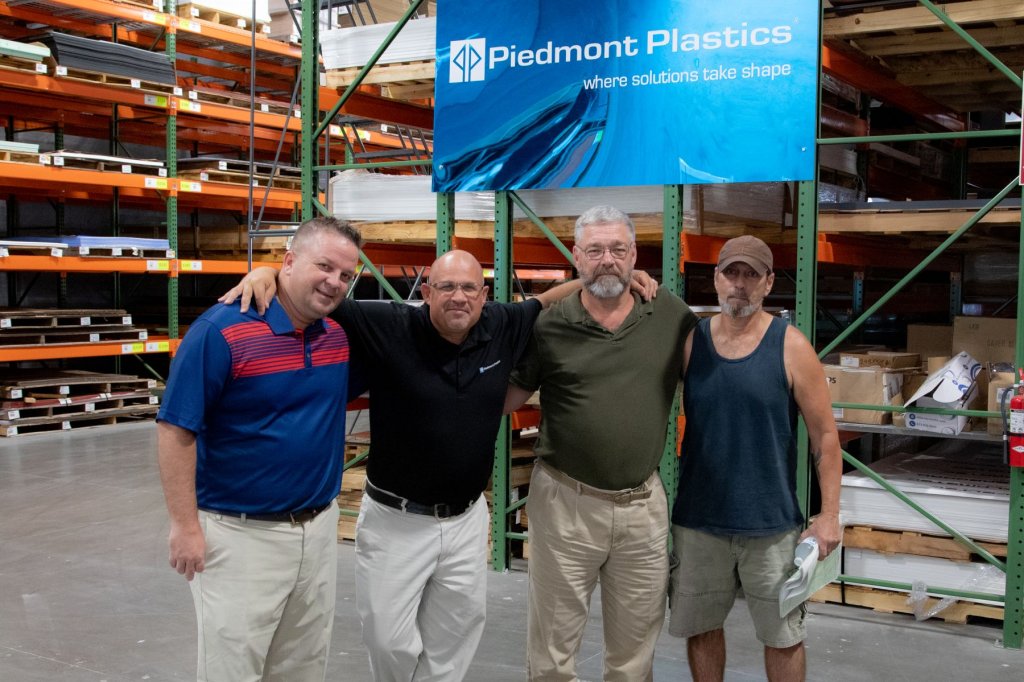How Thermoplastics Are Changing Wind Turbine Blade Design
Wind turbines operate in one of the most demanding structural environments in the field of engineering. With blade lengths exceeding 75 meters (about 246 feet), these aerodynamic giants endure high fatigue loading, centrifugal stress, and environmental attack, all while supporting optimal aerodynamic profiles over the course of their decades-long service.
Traditional materials can’t deliver performance at that scale. That’s why turbine blade design continues to evolve around fiber-reinforced plastic composites and high-performance polymers.


An Expert is just around the corner.
With over 100 years of combined product knowledge and industry experience, we are confident our plastics experts can help you find a solution for your application.
Composites That Capture the Wind
At the heart of every wind turbine blade is a glass-fiber-reinforced polymer (GFRP) composite. By combining E-glass fiber with epoxy or polyester resin matrices, these laminates provide the stiffness and tensile strength necessary to resist tip deflection, torque, and bending loads, while offering significantly lower mass than steel or aluminum. Blades often feature sandwich constructions, with foam or balsa cores between laminate skins to add rigidity without weight.
Carbon-fiber reinforcement is sometimes integrated at high-stress regions, such as the spar caps, where compressive and tensile loads peak. The continuous fiber structure provides critical fatigue resistance, ensuring blades can endure tens of millions of cycles without failure.
A Harsh Operating Environment
Wind turbine blades endure some of the most punishing environmental conditions in the engineering field. Offshore units are exposed to constant salt spray, high humidity, and intense UV radiation. At the same time, onshore installations must survive temperature cycling, ice accumulation, abrasive dust, and high-velocity impacts from rain or debris.
To maintain structural integrity and aerodynamic performance over decades, every material in the blade, especially its outer skin, must be engineered for maximum resilience.
This is where high-performance plastics, coatings, and composite-compatible films come into play. These materials serve as both primary barriers and sacrificial layers, absorbing environmental stress without compromising the blade’s core structure.
Major material strategies include:
UV-stabilized resins and coatings that prevent solar degradation and surface embrittlement over time
Polyurethane and thermoplastic leading-edge films that serve as erosion shields against rain, sand, and hail impacts
Chemically resistant outer layers that protect against saltwater corrosion in offshore environments
Flexible, crack-resistant polymers that accommodate thermal expansion and contraction without delamination
Abrasion-resistant surface treatments that support surface smoothness and aerodynamic efficiency
Innovation in Thermoplastic Blades
Thermoplastic matrix systems also show greater impact resistance and toughness, with potential for faster production cycles and automation. Some OEMs are already piloting thermoformable blade shells or thermoplastic spar caps, which allow for simplified repair and recycling, and potentially improve long-term sustainability metrics.
Polymer Solutions in Blade-Linked Mechanical Systems
Beyond the blades themselves, wind turbines rely on a range of mechanical subsystems that must work reliably under continuous load, vibration, and harsh environmental exposure. These include yaw and pitch control systems, nacelle-mounted actuators, and fluid handling infrastructure, all of which demand materials that can resist wear, tolerate movement, and function without regular maintenance.
Advanced polymers are well-suited for these conditions. Their inherent corrosion resistance, low friction coefficients, and excellent fatigue tolerance make them ideal for use in systems where metal components would require frequent lubrication or face early failure due to salt exposure or cyclic loads.
Key applications include:
Nylon bushings and plain bearings in pitch control assemblies, offering high mechanical strength, reduced friction, and maintenance-free operation without greasing
PTFE and UHMW liners in yaw bearing assemblies to enable low-friction, high-load rotational movement of the nacelle under axial and radial forces
Rotationally molded HDPE or polypropylene reservoirs, tanks, and ductwork inside the nacelle for durable, lightweight, and corrosion-proof fluid management systems
The Compliance Side of Sustainability
Today’s wind energy market demands more than performance; it demands compliance. From DNV-GL-certified composite laminates to UL 94 flame-rated internal components, wind turbine designs must meet both structural safety and environmental durability standards.
Piedmont Plastics offers FR-4, G10, and CE phenolic laminates commonly used for electrical insulation and structural supports inside nacelles and control cabinets.
Ready To Get Started?
The manufacturing efficiency of plastics is just as valuable as their performance. Plastic-based tooling boards are used in blade molds. Polymer core materials reduce part weight and cost. Prepreg composites allow for more consistent layups. Thermoplastic films reduce the need for post-processing and repairs.
Piedmont Plastics helps power the world with engineered polymers that reduce weight, resist fatigue, and extend the life of renewable energy systems. Contact us to learn more about our plastic materials and how they can be used in wind turbine blade construction.
Learn More
Unsure about which material is best for your next wind turbine project? Connect with our team of sales experts today for further insights!
Get In Touch


